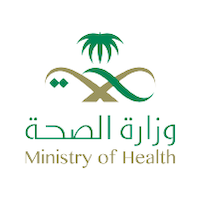As part of its ongoing efforts to safeguard the health of pilgrims and ensure a safe Hajj experience, the Ministry of Health (MoH) continues to provide field and educational services addressing the most common health emergencies that may occur during pilgrim movement across the holy sites. These efforts align with the objectives of the Health Sector Transformation Program and the Pilgrim Experience Program under Saudi Vision 2030, aimed at improving quality of life and ensuring a healthy, secure pilgrimage.
The Ministry has developed a comprehensive educational guide available in eight languages as part of the Health Awareness Kit for Hajj 1446H. It includes step-by-step instructions for managing common injuries such as falls, ankle sprains, hypoglycemia, nosebleeds, and bruises.
Pilgrims are advised to wear proper footwear, avoid slippery surfaces and steep climbs to prevent fall-related injuries. In case of ankle sprains or bruises, initial treatment includes applying cold compresses, elevating the foot, and avoiding pressure on the injured area.
The Ministry also urges individuals with diabetes to monitor their blood sugar levels regularly and eat balanced snacks. For nosebleeds, which often caused by heat or dehydration, pilgrims should sit down, lean forward, and apply gentle pressure to the nose for 10 minutes. If bleeding persists, they should visit the nearest health facility or call 937 for further assistance.
The Ministry reaffirmed its commitment to raising health awareness and delivering top-tier care to all pilgrims, encouraging everyone to follow preventive measures and first aid guidelines to ensure their safety during the Hajj.
.png)
.png) 6 months ago
55
6 months ago
55








